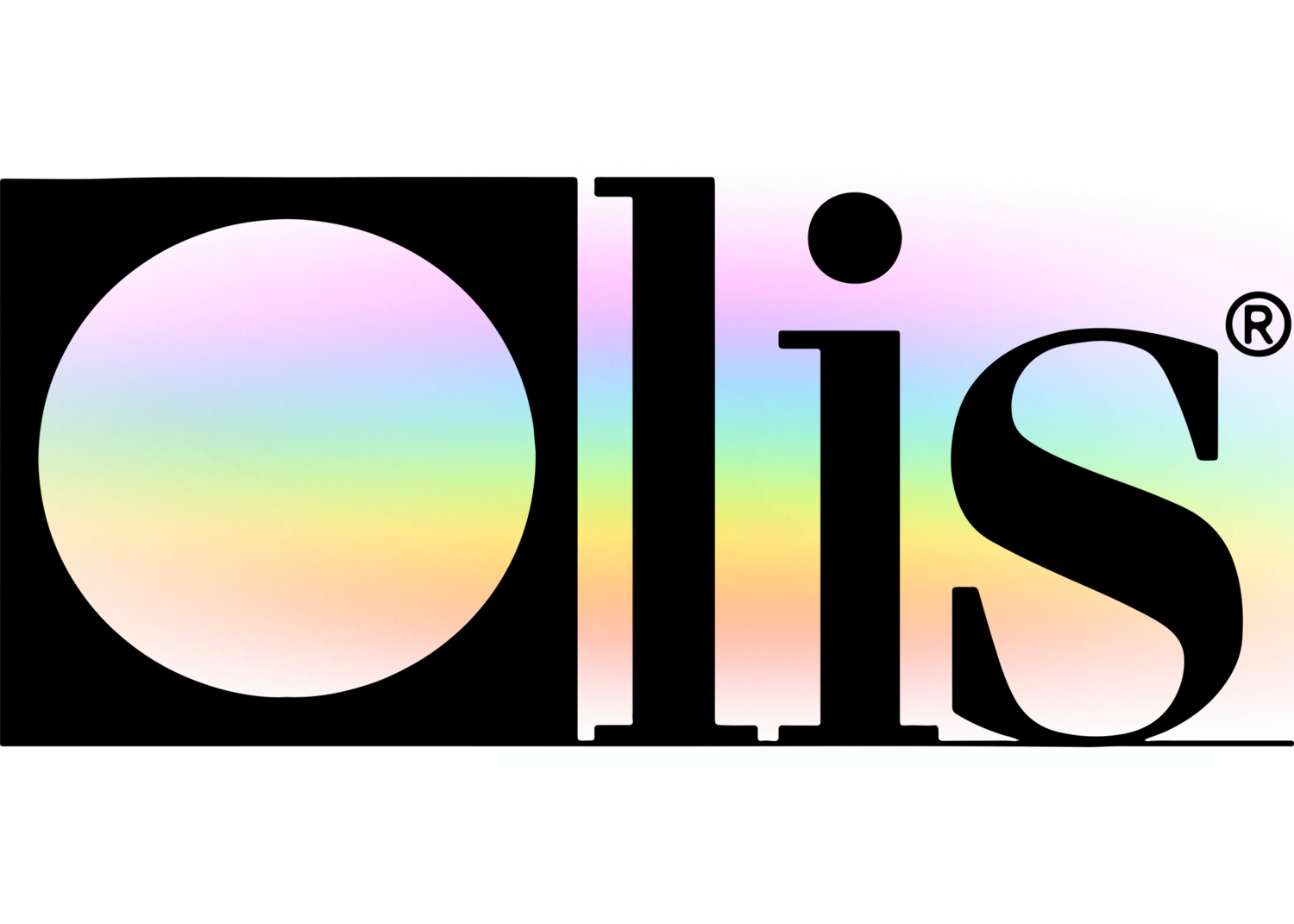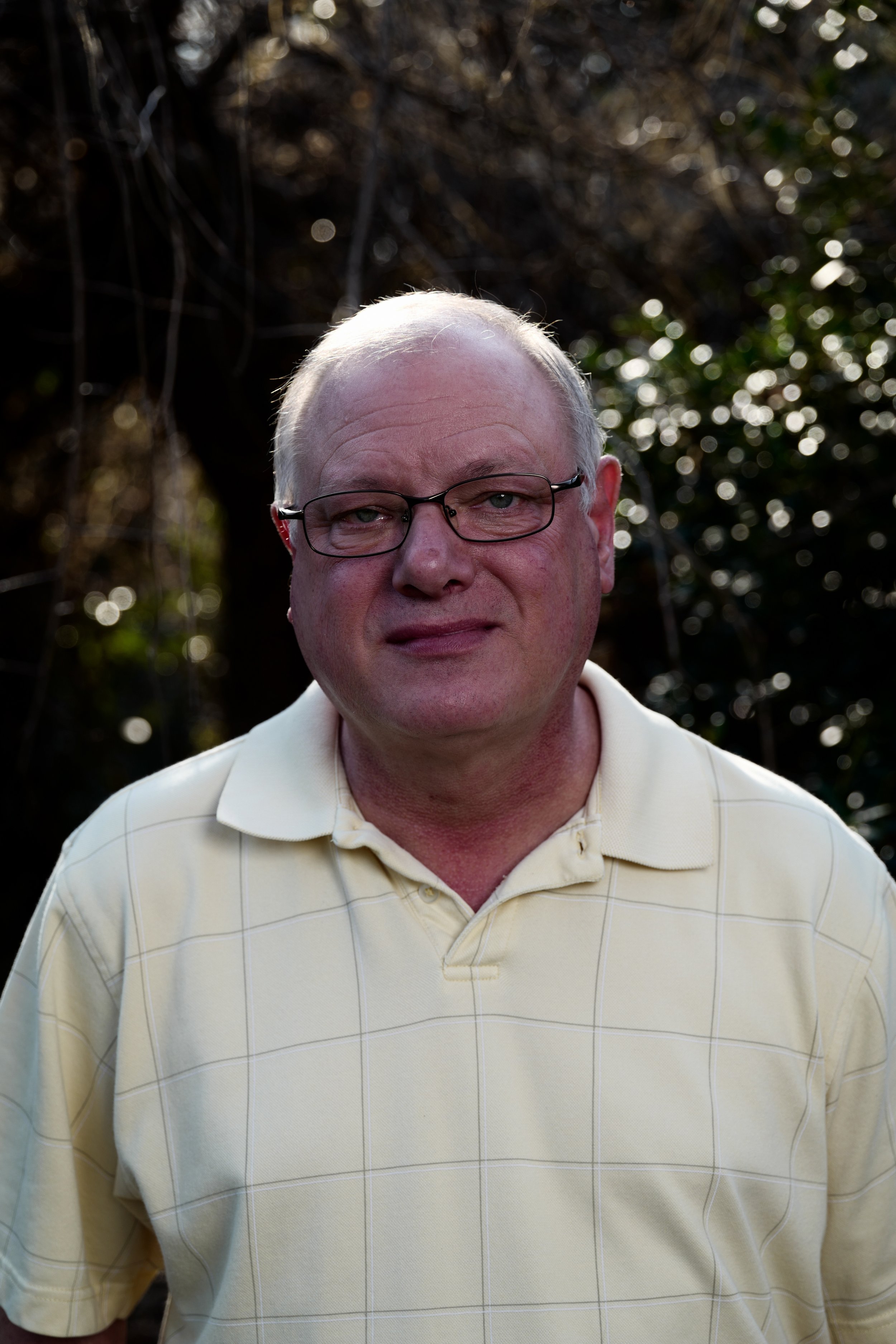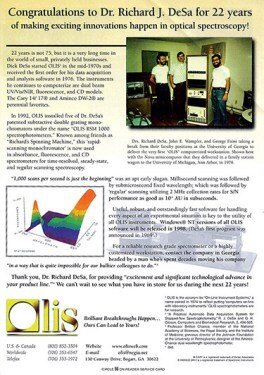The Greatest Guide To Spectrophotometers
The Greatest Guide To Spectrophotometers
Blog Article
The smart Trick of Spectrophotometers That Nobody is Talking About
Table of ContentsFacts About Circularly Polarized Luminescence RevealedThe 6-Minute Rule for SpectrophotometersOur Uv/vis IdeasGetting My Circular Dichroism To WorkSee This Report about Circularly Polarized LuminescenceUv/vis Can Be Fun For EveryoneNot known Factual Statements About Spectrophotometers The Basic Principles Of Circularly Polarized Luminescence 10 Simple Techniques For Circular DichroismFacts About Circular Dichroism UncoveredThe Of Uv/vis/nirNot known Incorrect Statements About Spectrophotometers The Definitive Guide to Uv/vis/nir
It is then scanned through the sample and the referral options. Fractions of the occurrence wavelengths are sent through, or shown from, the sample and the referral. The resultant light strikes the photodetector device, which compares the relative strength of the two beams. Electronic circuits convert the relative currents into linear transmission portions and/or absorbance/concentration worths.The transmission of a recommendation compound is set as a baseline (datum) worth, so the transmission of all other compounds are taped relative to the initial "zeroed" substance. The spectrophotometer then transforms the transmission ratio into 'absorbency', the concentration of particular components of the test sample relative to the preliminary compound.
Considering that samples in these applications are not easily offered in big quantities, they are especially suited to being evaluated in this non-destructive method. In addition, precious sample can be saved by utilizing a micro-volume platform where just 1u, L of sample is required for complete analyses. A short explanation of the treatment of spectrophotometry consists of comparing the absorbency of a blank sample that does not contain a colored substance to a sample that consists of a colored compound.
The Circularly Polarized Luminescence Diaries
In biochemical experiments, a chemical and/or physical residential or commercial property is chosen and the treatment that is used is particular to that residential or commercial property in order to derive more details about the sample, such as the quantity, purity, enzyme activity, etc. Spectrophotometry can be used for a variety of techniques such as identifying optimal wavelength absorbance of samples, determining ideal p, H for absorbance of samples, identifying concentrations of unidentified samples, and determining the p, Ka of different samples.: 21119 Spectrophotometry is likewise a useful process for protein filtration and can also be utilized as a method to produce optical assays of a compound.
It is possible to know the concentrations of a two part mix utilizing the absorption spectra of the standard services of each part. To do this, it is needed to understand the termination coefficient of this mix at 2 wave lengths and the extinction coefficients of services that include the known weights of the 2 elements.

Spectrophotometers Fundamentals Explained
Region. The concentration of a protein can be approximated by determining the OD at 280 nm due to the presence of tryptophan, tyrosine and phenylalanine.
Nucleic acid contamination can likewise interfere. This technique requires a spectrophotometer capable of measuring in the UV area with quartz cuvettes.: 135 Ultraviolet-visible (UV-vis) spectroscopy involves energy levels that delight electronic shifts. Absorption of UV-vis light delights particles that remain in ground-states to their excited-states. Visible region 400700 nm spectrophotometry is utilized extensively in colorimetry science.
20. 8 O.D. Ink makers, printing companies, fabrics vendors, and much more, require the information provided through colorimetry. They take readings in the area of every 520 nanometers along the visible region, and produce a spectral reflectance curve or an information stream for alternative discussions. These curves can be utilized to evaluate a brand-new batch of colorant to check if it makes a match to requirements, e.
More About Uv/vis
Traditional noticeable region spectrophotometers can not detect if a colorant or the base product has fluorescence. This can make it difficult to manage color issues if for instance several of the printing inks is fluorescent. Where a colorant consists of fluorescence, a bi-spectral fluorescent spectrophotometer is used (https://www.artstation.com/julieanndesalorenz1/profile). There are two major setups for visual spectrum spectrophotometers, d/8 (round) and 0/45.
Scientists use this instrument to measure the amount of compounds in a sample. In the case of printing measurements 2 alternative settings are typically used- without/with uv filter to control better the impact of uv brighteners within the paper stock.
The Definitive Guide for Uv/vis/nir
Some applications need little volume measurements which can be performed with micro-volume platforms. As described in the applications section, spectrophotometry can be used in both qualitative and quantitative analysis of DNA, RNA, and proteins. Qualitative analysis can be used and spectrophotometers are used to tape-record spectra of compounds by scanning broad wavelength regions to determine the absorbance properties (the intensity of the color) of the substance at each wavelength.

Not known Facts About Uv/vis
One major aspect is the type of photosensors that are offered for various spectral regions, however infrared measurement is likewise difficult because essentially everything gives off IR as thermal radiation, particularly at wavelengths beyond about 5 m. Another issue is that many products such as glass and plastic soak up infrared, making it incompatible as an optical medium.
Samples for IR spectrophotometry might be smeared between 2 discs of potassium bromide or ground with potassium bromide and pushed into a pellet. Where aqueous services are to be measured, insoluble silver chloride is used to build the cell. Spectroradiometers, which run almost like the visible region spectrophotometers, are created to measure the spectral density of illuminants. Retrieved Dec 23, 2018. Essential Lab Approaches for Biochemistry and Biotechnology (2nd ed.). The vital guide to analytical chemistry.
Oke, J. B.; Gunn, J. E.
Uv/vis - The Facts

Ninfa AJ, Ballou DP, Benore M (2015 ). Fundamental Lab Approaches for Biochemistry and Biotechnology (3, rev. ed.). UV/Vis/NIR. Lab Equipment.
5 Simple Techniques For Circular Dichroism
"Applied Spectrophotometry: Analysis of a Biochemical Mixture". Biochemistry and Molecular Biology Education. Journal of Biochemistry Education.
Some Known Facts About Circularly Polarized Luminescence.
U.S. Department of Commerce National Bureau of Standards special publication; 378. Washington, D.C.: U.S. National Bureau of Standards.
The process starts with a regulated light source that illuminates the analyzed sample. In the case of reflection, as this light connects with the sample, some is absorbed or given off. The given off light journeys to the detector, which is evaluated, quantified, and presented as industry-standard color scales and indices.
Market governing bodies typically define particular metrics for specific products, such as Tomato and Coffee indices. The simplified mathematics appears like this: Where R is the reflection coefficient. All terms are examined over the visible spectrum from 400 to 700 nm. In the case of transmission, when the light interacts with the sample, it is either absorbed, shown, or sent.
7 Easy Facts About Uv/vis Shown
Examples consist of APHA (American Public Health Association) for watercolor and pureness analysis, ASTM D1500 for petrochemical color analysis, edible oil indices utilized in food, and color analyses of drinks. The simplified mathematics looks like this:. Where T is the transmission coefficient. All terms are evaluated over the visible spectrum from 400 to 700 nm.
Image Credit: Matej Kastelic/ Dr. Arnold J. Beckman and his coworkers at the National Technologies Laboratories initially created the spectrophotometer in 1940. In 1935 Beckman founded the company, and the discovery of the spectrophotometer was their most ground-breaking invention.
The Ultimate Guide To Uv/vis/nir
99% accuracy. Over time, scientists kept improving the spectrophotometer design to boost its performance. The UV capabilities of the model B spectrophotometer were enhanced by changing the glass prism with a quartz prism. Ultimately, the Design DU was produced, consisting of a sites hydrogen light and other improvements. This instrument was used in industrial labs, clinics, and chemistry and biochemistry departments.
After 1984, double-beam variations of the gadget were developed. The addition of external software application with the provision of onscreen displays of the spectra came in the 1990s. Generally, a spectrophotometer is comprised of two instruments, namely, a spectrometer and a photometer. A standard spectrophotometer includes a light source, a monochromator, a collimator for straight beam transmission, a cuvette to put a sample, and a photoelectric detector.
The Ultimate Guide To Circular Dichroism
There are various kinds of spectrophotometers in numerous shapes and sizes, each with its own function or functionality. A spectrophotometer determines just how much light is shown by chemical parts. UV/Vis/NIR. It measures the difference in light strength based on the overall amount of light introduced to a sample and the quantity of light beam that travels through the sample solution
According to the instrument's style, the sample is put in between the spectrometer and the photometer. After the light is travelled through the sample, the photometer determines its strength and displays the reading. A spectrophotometer is used to identify the concentration of both colorless and colored solutes in an option. This instrument is used to identify the rate of a response.
Report this page